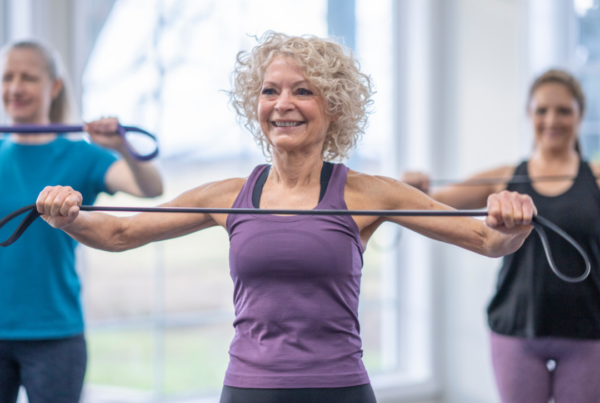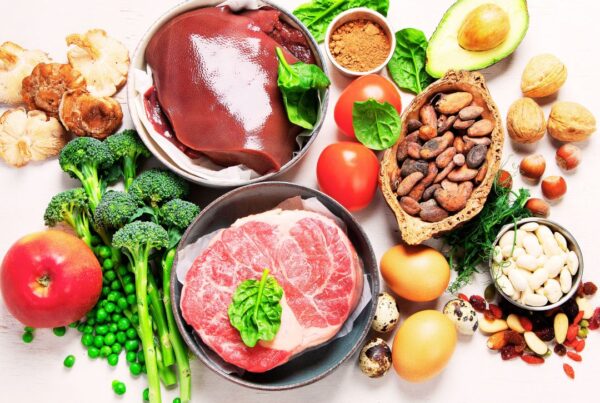Oestrogen keeps vaginal tissues plump and moist – the longer you are without it, the worse it can get.
Falling oestrogen has a direct impact on the tissues around your vagina, bladder and pelvic floor. The broad term for all these changes is the ‘genitourinary syndrome of menopause’ (GSM).
Dryness leads to general discomfort, itch, pain during intercourse and eventually bladder problems.
GSM includes the following symptoms:
-
vagina dryness
-
loss of lubrication
-
itchy, burning, irritated skin
-
pain with penetration such as intercourse
-
loss of libido
-
low arousal
-
inability to orgasm
-
burning urination
-
peeing when when you strain eg cough
-
peeing if you can’t make it to the toilet on time
-
recurring bladder infections.
Some women have so much trouble they can’t even sit down or wear jeans comfortably.
GSM is one of the symptoms of the menopause which doesn’t settle with time. This is because it is due to low oestrogen and so these changes actually increase the longer we pass beyond menopause. On the flip side most of the symptoms respond really well to oestrogen including locally applied vaginal oestrogen creams. The microbiome of your vagina is an elite but small group of friendly bugs. This differs from your gut microbiome, which is a vast and varied party of microorganisms. Changing oestrogen levels and pH has a negative impact on your microbiome.
TREATMENT
Vaginal oestrogen
This is the best treatment for GSM. Body identical estrogens are available as a cream or slow release via pessary which is like a tablet you pop into your vagina. This treatment can also improve bladder function and reduce infections as the oestogen acts on nearby urinary tissues.
Oestrogen therapy by a skin patch, gel or tablet can often help with GSM but doesn’t always. Sometimes vaginal oestrogen may be needed as well. In women that are reluctant to use general hormone therapy for medical reasons, such as a history of breast cancer or blood clots, vaginal oestrogen is still usually safe and the doses can be adjusted to be very low. Speak with your doctor about your personal situation.
Vaginal moisturiser
Moisturisers can be helpful as a daily application for women who don’t want to or are unable to use hormone creams.
Lubricant
Lube is an obvious choice for reducing vaginal dryness and improving pleasure during sex, particularly during vaginal penetration. Some traditional lubricants actually dry out the skin of your vulva and vagina, causing irritation which is often misinterpreted as thrush. Vagina lubricants should be alcohol-free and have a vagina-friendly pH and osmolality (in other words be similar in nature to normal vaginal fluid). Oil based lube has better staying power but can destroy condoms so if you need contraception or STD protection, best use a water based one.
Protection
The skin around your vulva is very delicate and it’s best looked after by simple rinsing with water and avoiding repeated use of soaps and other chemicals (including the wrong lube). Regular sexual activity can also increase the blood flow and plump up the tissues around the vulva, vagina and clitoris (a case of use it or lose it?)
Please see your doctor if your symptoms don’t settle as there are some medical conditions such as lichen sclerosis or dermatitis that might explain them and need attention.
This information is for general educational purposes only and does not constitute medical advice. Please see your health professional for advice that is personalised to you.
Key Take Aways
Oestrogen is important for plump and moist vaginal tissues
Never let anything of questionable quality near your vagina!






